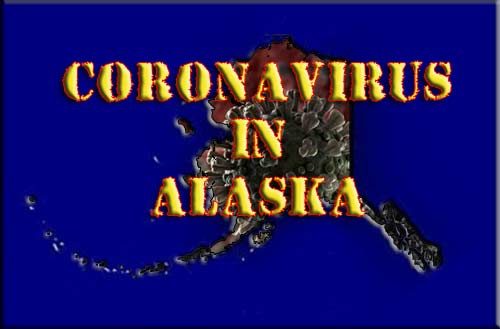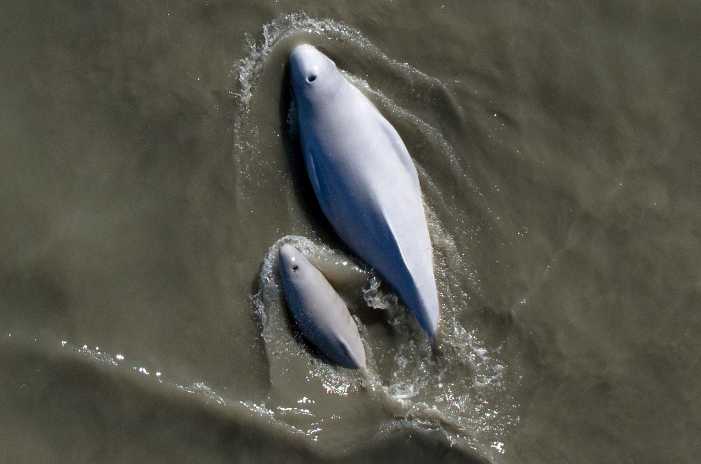
The NTSB has been notified and is conducting an investigation into the fatal mid-air collision above Cook Inlet just after noon on Wednesday.
Alaska State Troopers were notified of a mid-air collision that took place at 12:13 pm on Wednesday afternoon. As the investigation into the aerial incident progressed, troopers would find that one pilot, later identified as 56-year-old Wasilla resident James Poelman, died when his Cessna 207 crashed near the mouth of the Big Susitna River. The Rescue Coordination Center dispatched an aircraft to the area located midway between Tyonek and Anchorage on the north shore of Cook Inlet and confirmed the fatality as his remains were recovered and turned over to the State Medical Examiner’s office in Anchorage. The vast majority of the aircraft was submerged while some debris was located on land.

The pilot of the other aircraft in the mid-air head-on collision, a Cessna 175 with the tail number 9423B, immediately began circling the area in an attempt to assess the damage to the downed aircraft, the NTSB reported. That surviving aircraft, registered to Bruce Markwood, then proceeded to the Lake Hood Seaplane Base. He reported that he had been returning from a remote fishing location back to Anchorage when the fatal incident occurred.
After the collision, the pilot of the 175 contacted air traffic controllers and announced, “I’ve been involved in an accident. I’m missing my left gear,” as another second aircraft notified that he was following the damaged aircraft to the Seaplane base.
When asked to proceed to 1,500 feet, the pilot reported that he could not climb because of a bad vibration. To that, air traffic controllers replied, “No worries, just come inbound and over the strip.”
The pilot voiced concerns that he was losing his plane before eventually regaining control. The tower kept the pilot at his current altitude as they coordinated emergency response vehicles at the dirt airstrip at the base. While above the base, controllers were able to confirm that the aircraft had lost the left wheel assembly and had suffered severe damage to the nose gear.[xyz-ihs snippet=”Adversal-468×60″]
With response vehicles in place, 9423B was cleared to land. The Cessna made its final approach to the strip, touched down and in a controlled crash, slid on its belly to a stop. The pilot got out of the crashed aircraft under his own power and suffered no injuries.
Troopers report that Poelman’s next of kin have been notified of the incident.



